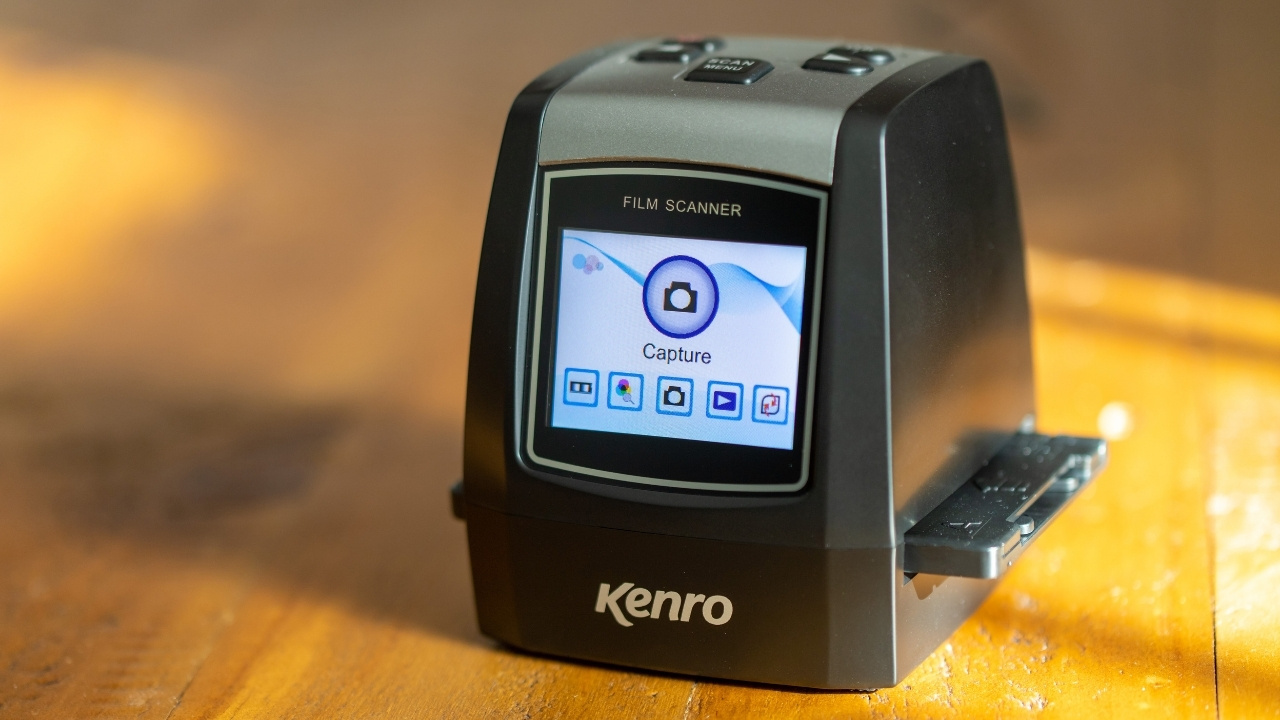
Ever wondered how to digitize old photos or film negatives? A negative scanner is your answer! These nifty devices convert film negatives and slides into digital images, preserving memories for future generations. Whether you're a professional photographer or just looking to save family photos, a negative scanner can be a game-changer. They come in various types, from flatbed scanners to dedicated film scanners, each with unique features. Some offer high resolution, while others focus on speed. Understanding these devices can help you choose the right one for your needs. Ready to dive into the world of negative scanners? Let's get started!
What is a Negative Scanner?
A negative scanner is a device used to convert film negatives into digital images. These scanners are essential for preserving old photographs and making them accessible in the digital age. Let's dive into some fascinating facts about these devices.
-
Negative scanners use a light source to illuminate the film, capturing the image with a sensor.
-
They can handle various film formats, including 35mm, medium format, and large format negatives.
-
Some models come with built-in software to remove dust and scratches from the scanned images.
-
High-end negative scanners can achieve resolutions up to 9600 dpi, providing incredibly detailed digital images.
-
Many negative scanners offer batch scanning, allowing multiple negatives to be scanned simultaneously.
How Do Negative Scanners Work?
Understanding the mechanics behind negative scanners can help you appreciate their capabilities. Here are some key points on how they operate.
-
The scanner's light source passes through the negative, which is then captured by a CCD or CMOS sensor.
-
The sensor converts the light into electrical signals, which are processed into a digital image.
-
Some scanners use infrared light to detect and remove dust and scratches during the scanning process.
-
The digital image is then saved in various formats, such as JPEG, TIFF, or PNG.
-
Advanced models can automatically adjust color balance and exposure to enhance the final image.
Benefits of Using a Negative Scanner
Negative scanners offer numerous advantages, especially for photography enthusiasts and professionals. Here are some benefits you might not have considered.
-
They allow you to preserve old photographs that might otherwise deteriorate over time.
-
Digital images are easier to share and store compared to physical negatives.
-
Scanning negatives can reveal details that might not be visible in printed photos.
-
You can easily edit and enhance digital images using photo editing software.
-
Negative scanners can help you create high-quality prints from your old negatives.
Types of Negative Scanners
There are various types of negative scanners, each with its own set of features and capabilities. Let's explore some of the most common types.
-
Flatbed scanners with transparency adapters can scan negatives along with other documents.
-
Dedicated film scanners are designed specifically for scanning negatives and slides.
-
Drum scanners offer the highest quality scans but are typically used by professionals due to their cost and complexity.
-
Portable negative scanners are compact and easy to use, making them ideal for home use.
-
Some all-in-one printers come with built-in negative scanning capabilities.
Tips for Choosing a Negative Scanner
Selecting the right negative scanner can be challenging. Here are some tips to help you make an informed decision.
-
Consider the resolution you need based on how you plan to use the scanned images.
-
Look for scanners with dust and scratch removal features to save time on post-processing.
-
Check if the scanner supports the film formats you intend to scan.
-
Read reviews and compare models to find one that fits your budget and requirements.
-
Ensure the scanner is compatible with your computer's operating system.
Fun Facts About Negative Scanners
Negative scanners have some interesting quirks and features that make them unique. Here are a few fun facts.
-
Some negative scanners can scan both color and black-and-white negatives.
-
The first negative scanner was introduced in the late 1980s, revolutionizing the way we digitize photographs.
-
Modern negative scanners can connect to your computer via USB, making the scanning process quick and easy.
-
Some models come with built-in memory card slots, allowing you to scan directly to an SD card.
-
Negative scanners can also be used to scan slides, making them versatile tools for digitizing old media.
Final Thoughts on Negative Scanners
Negative scanners are pretty cool gadgets. They let you turn old film negatives into digital photos, preserving memories for years to come. These devices come in various types, from flatbed scanners to dedicated film scanners, each with its own set of features. Some offer high resolution, while others focus on speed or ease of use.
When choosing a negative scanner, consider what you need most. Do you want high-quality images or quick scans? Maybe you need something portable. Whatever your needs, there's likely a scanner out there for you.
Don't forget to check the software that comes with the scanner. Good software can make a big difference in the quality of your scans.
So, if you've got a box of old negatives lying around, a negative scanner might be just what you need to bring those memories back to life.
Was this page helpful?
Our commitment to delivering trustworthy and engaging content is at the heart of what we do. Each fact on our site is contributed by real users like you, bringing a wealth of diverse insights and information. To ensure the highest standards of accuracy and reliability, our dedicated editors meticulously review each submission. This process guarantees that the facts we share are not only fascinating but also credible. Trust in our commitment to quality and authenticity as you explore and learn with us.
